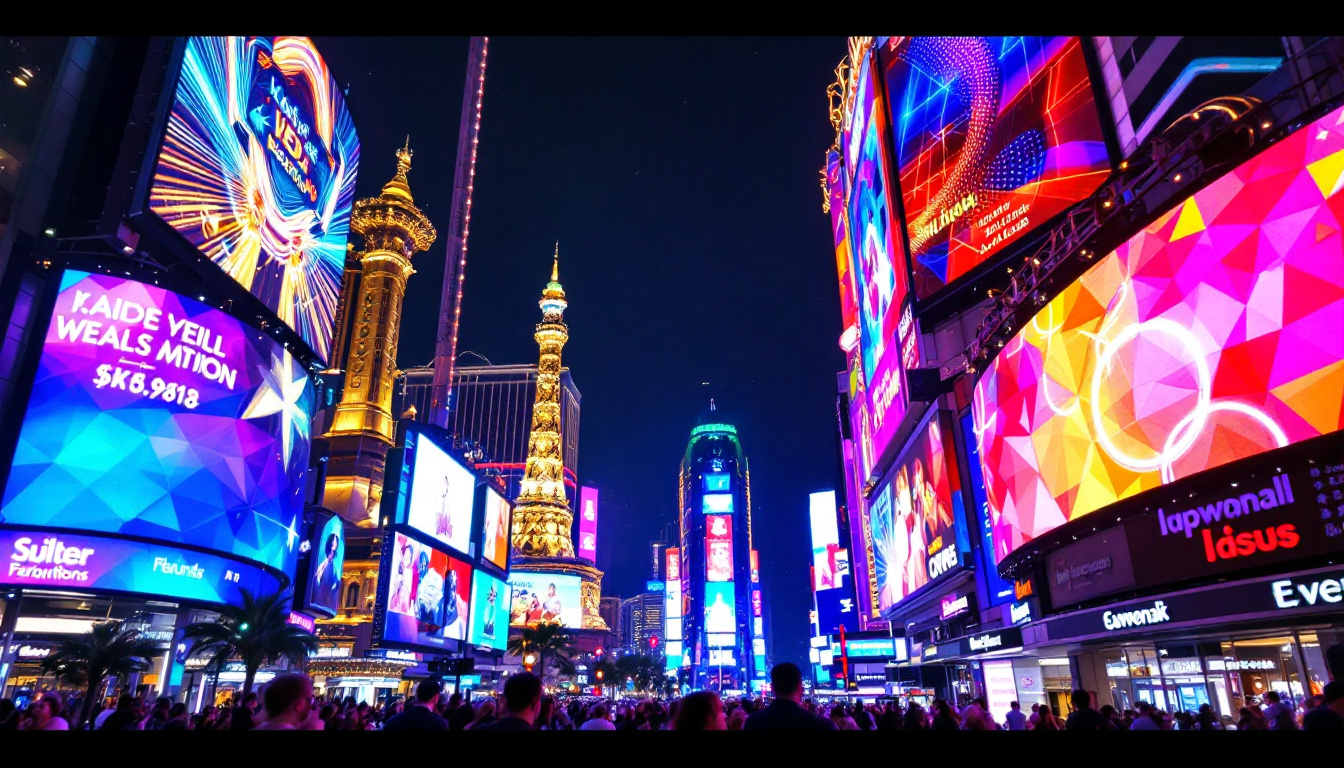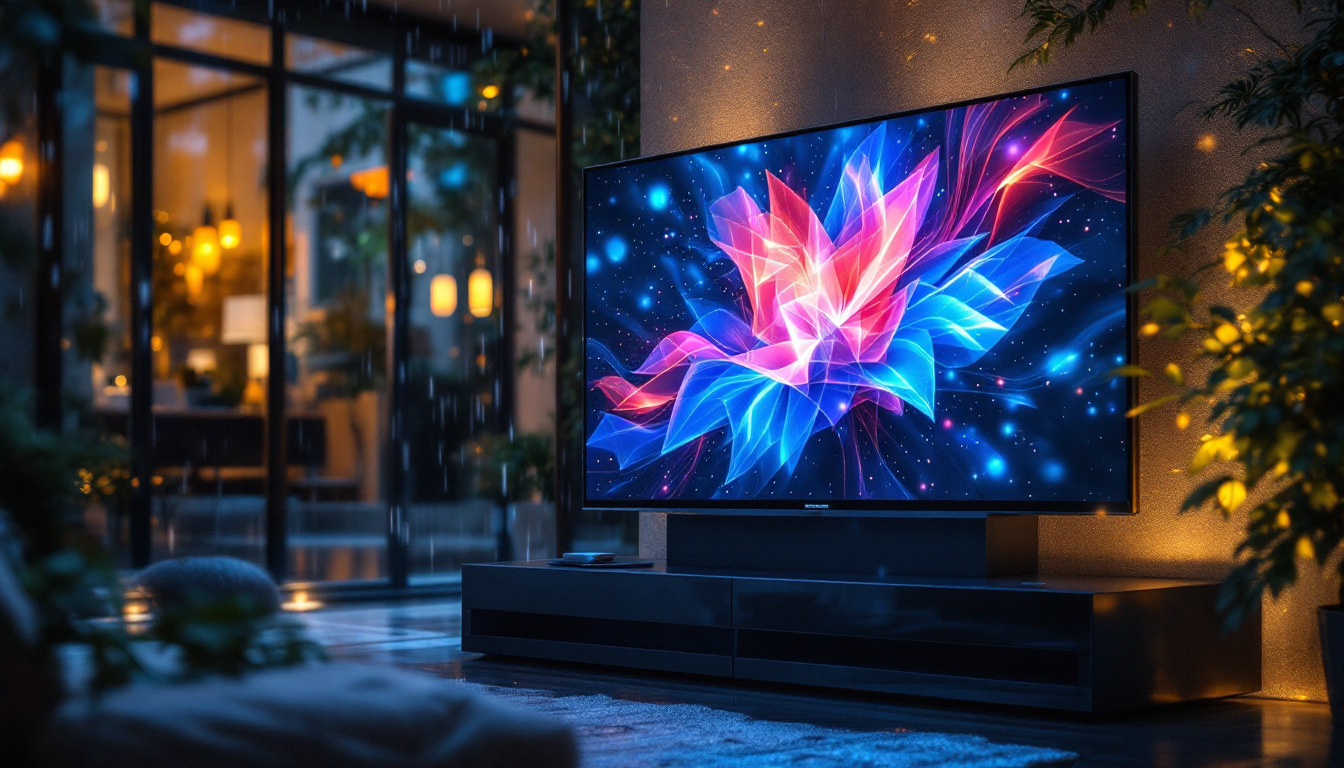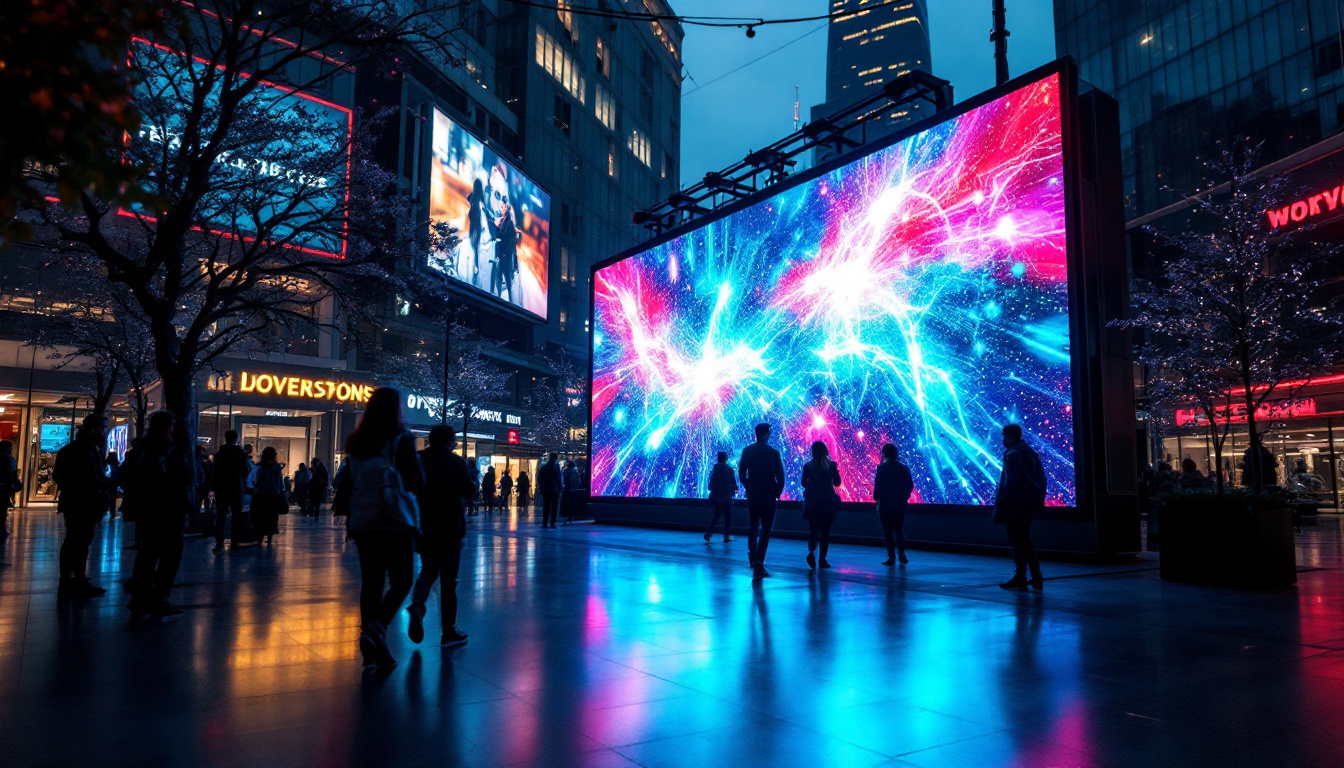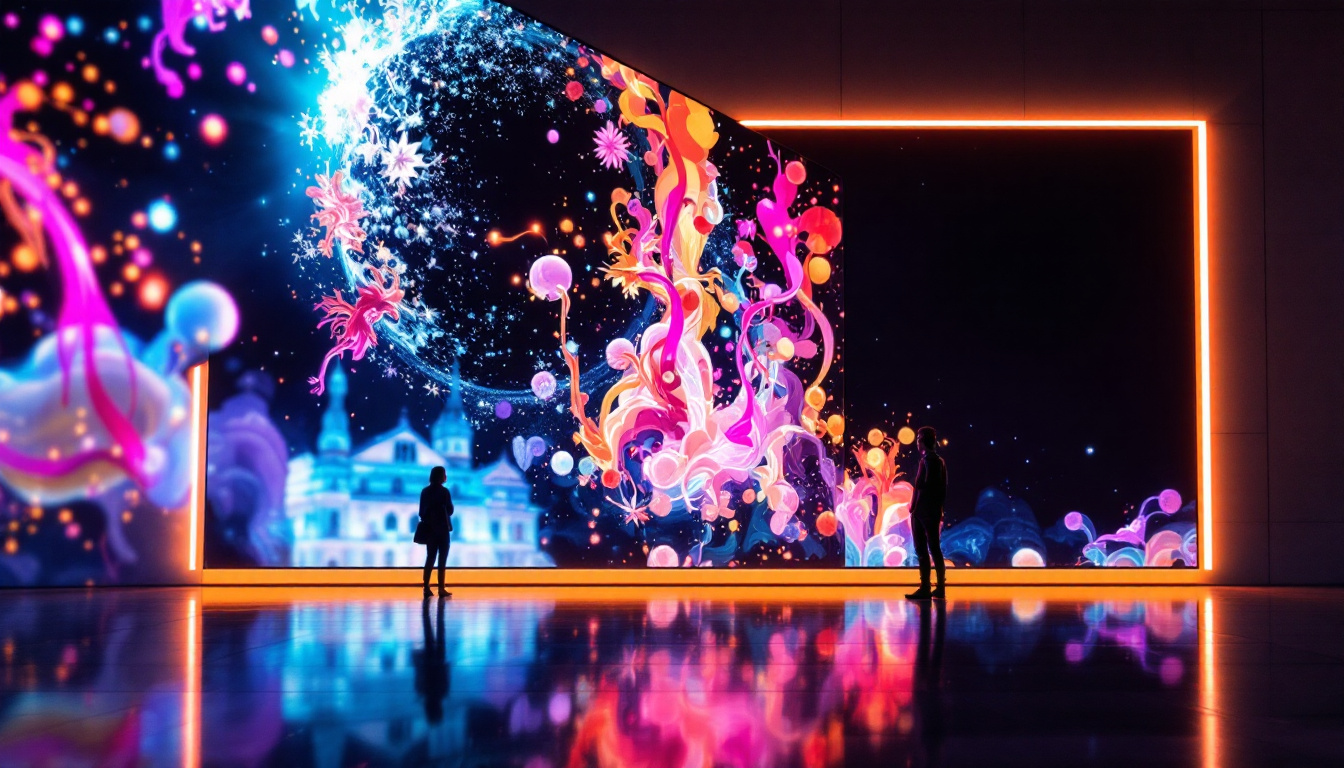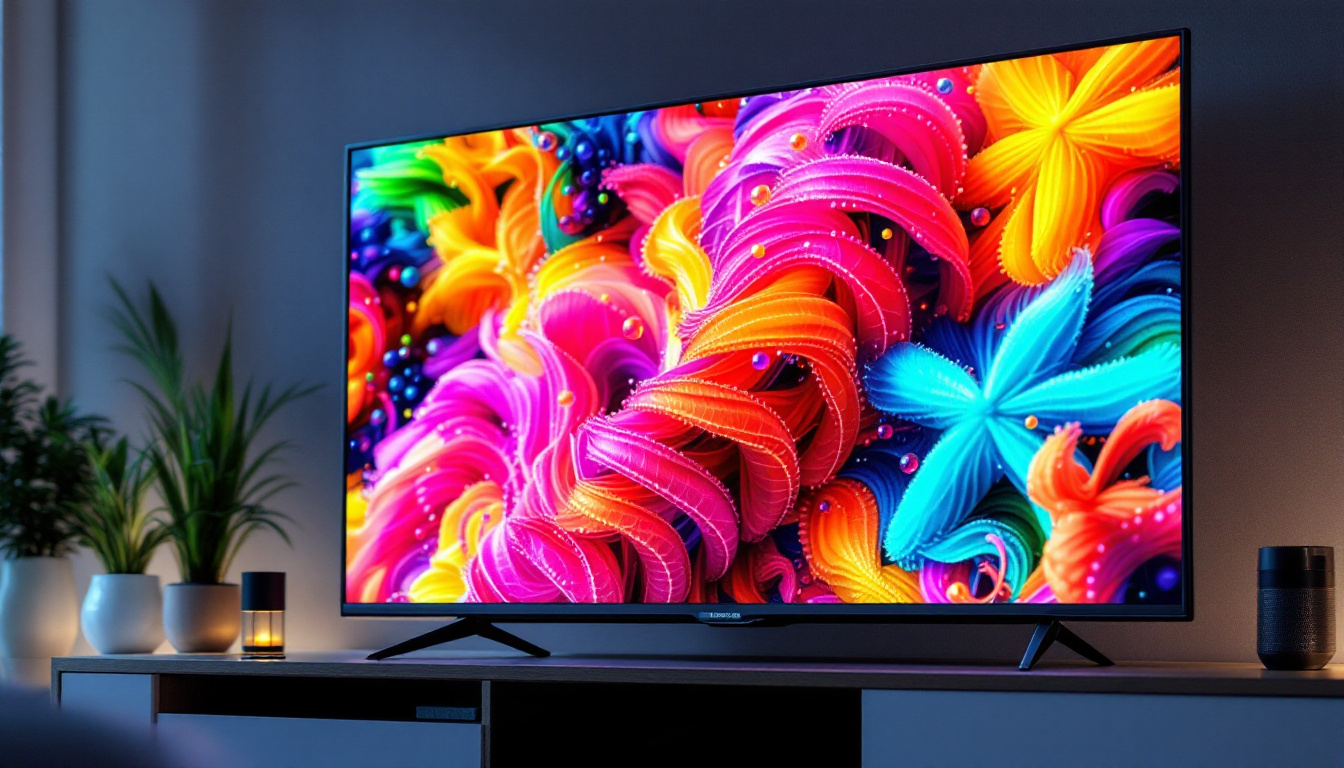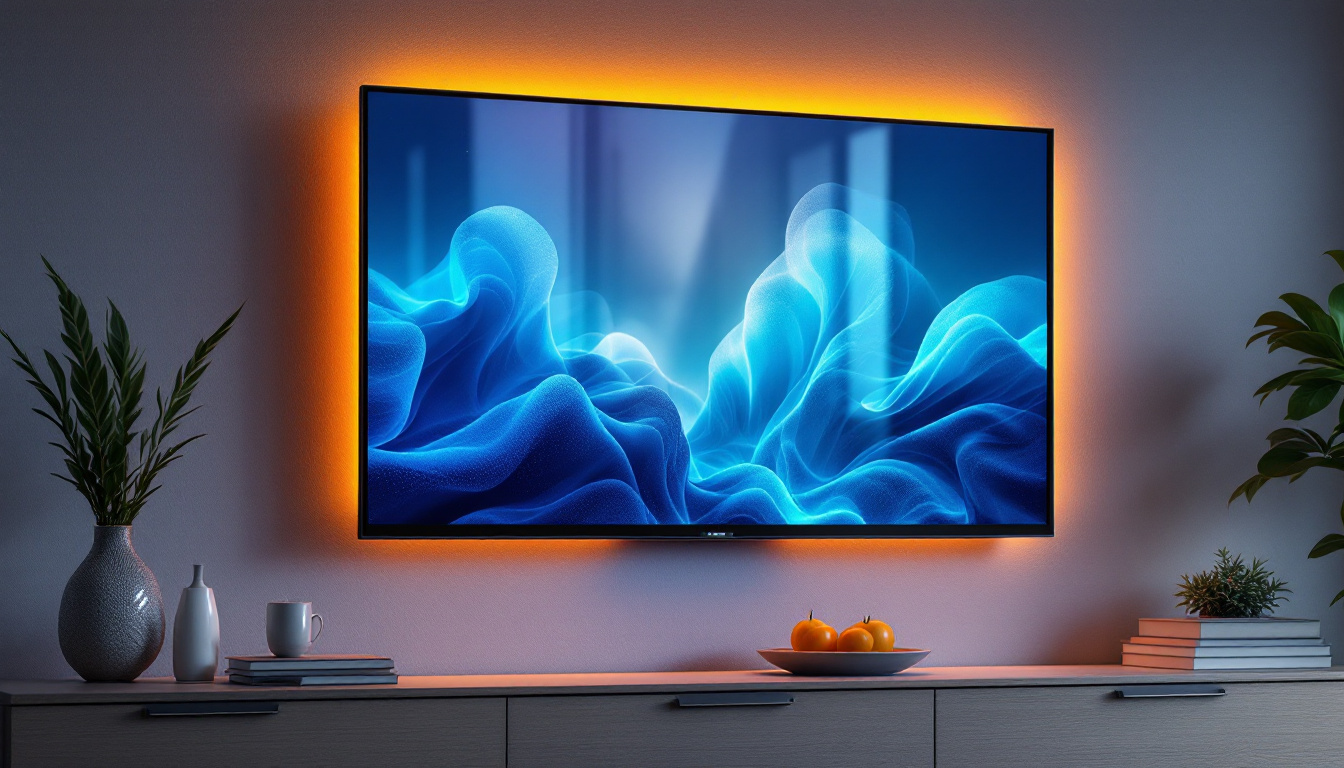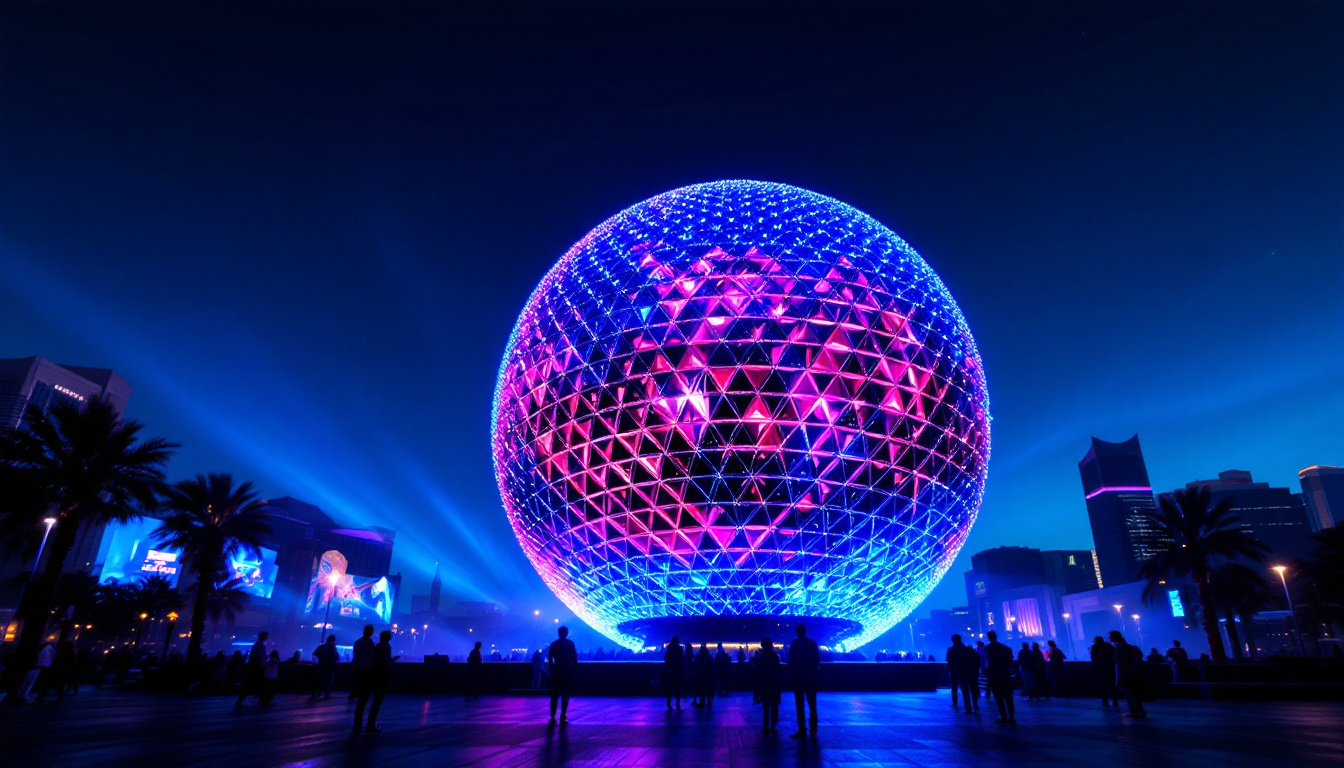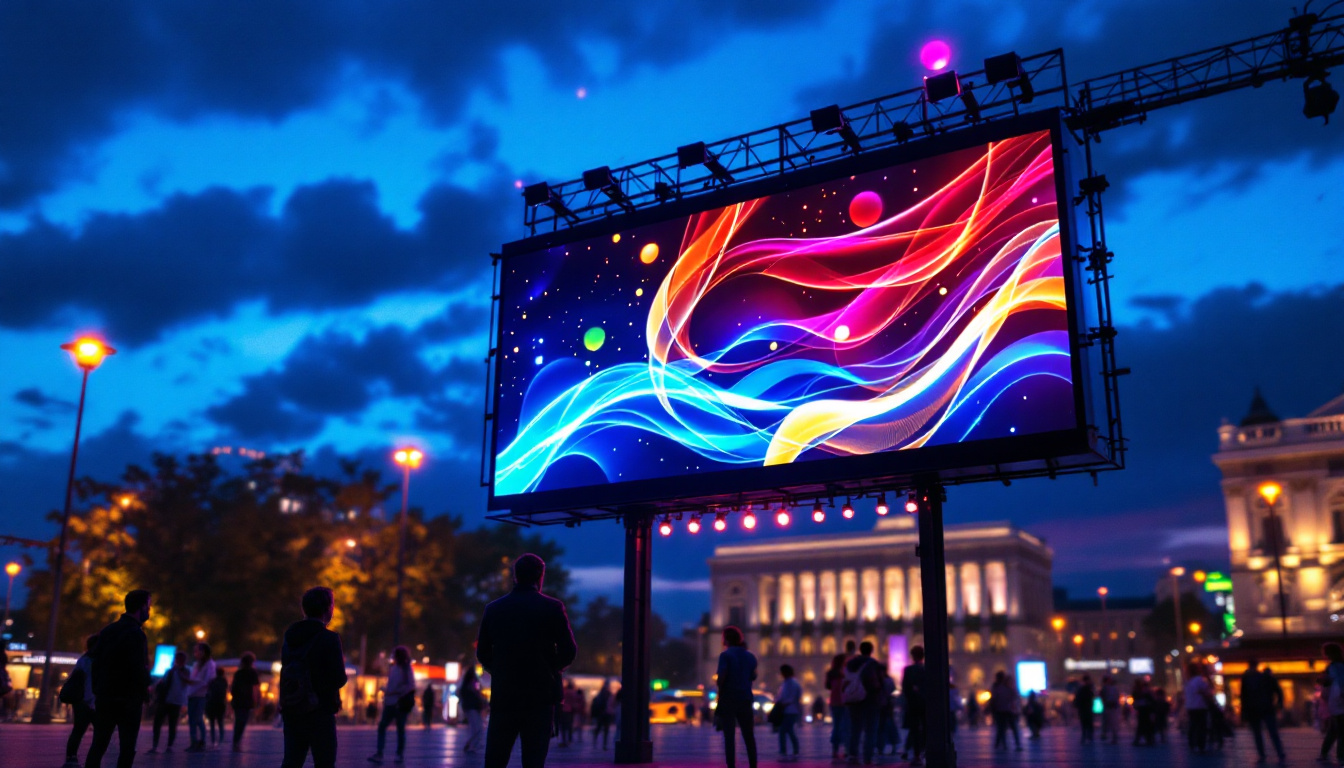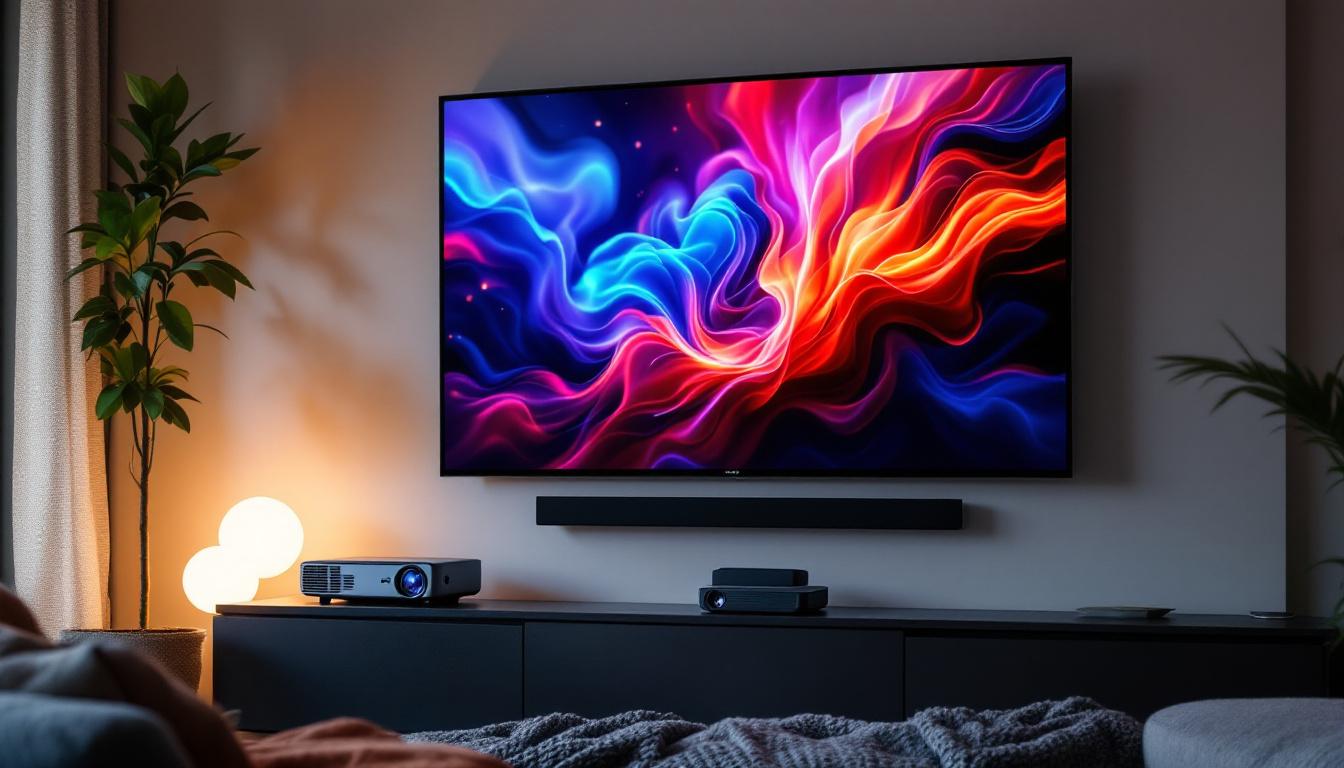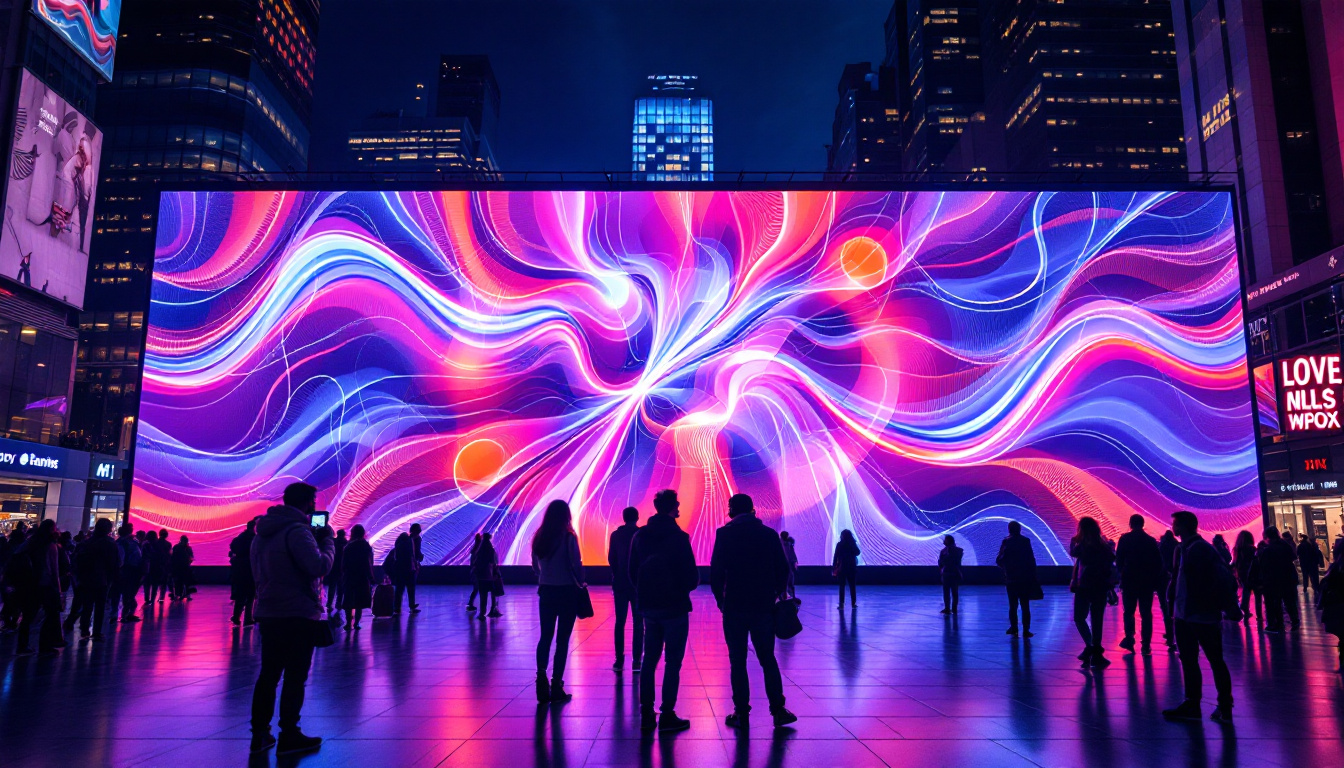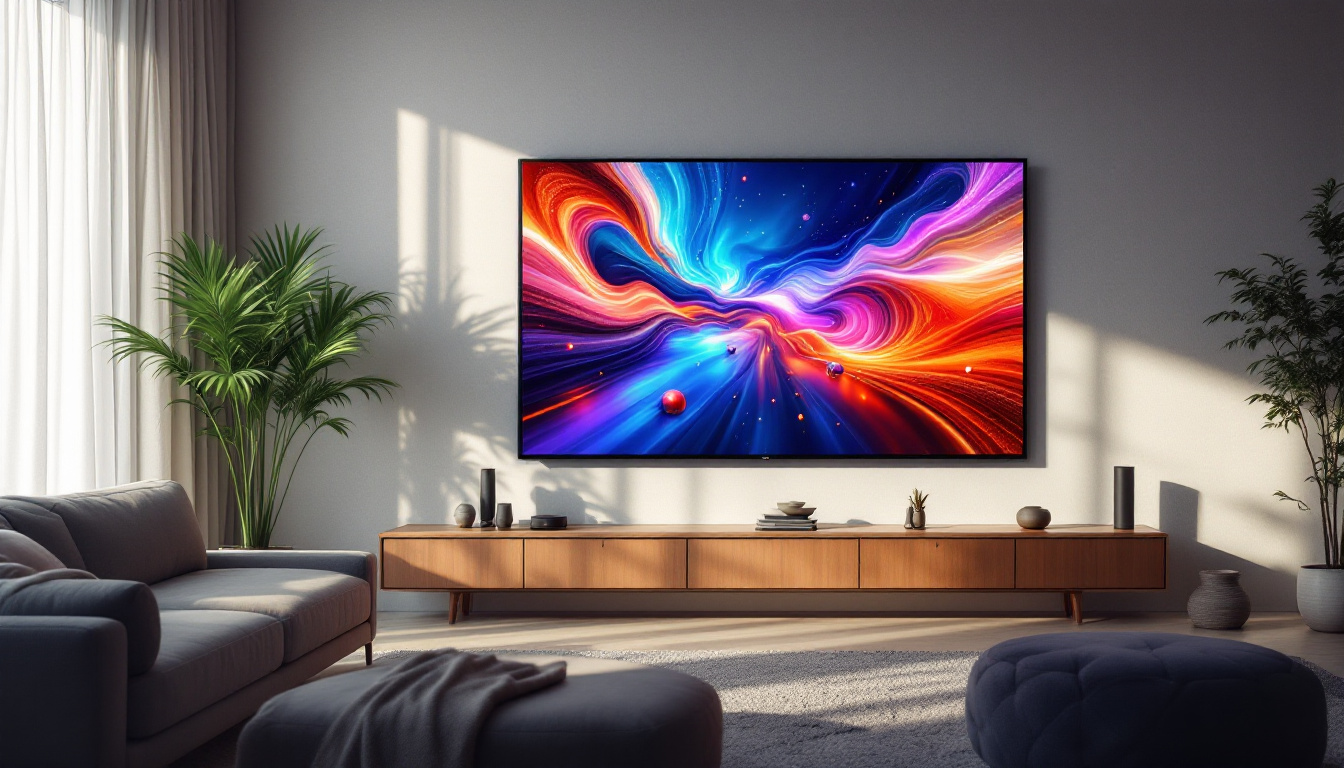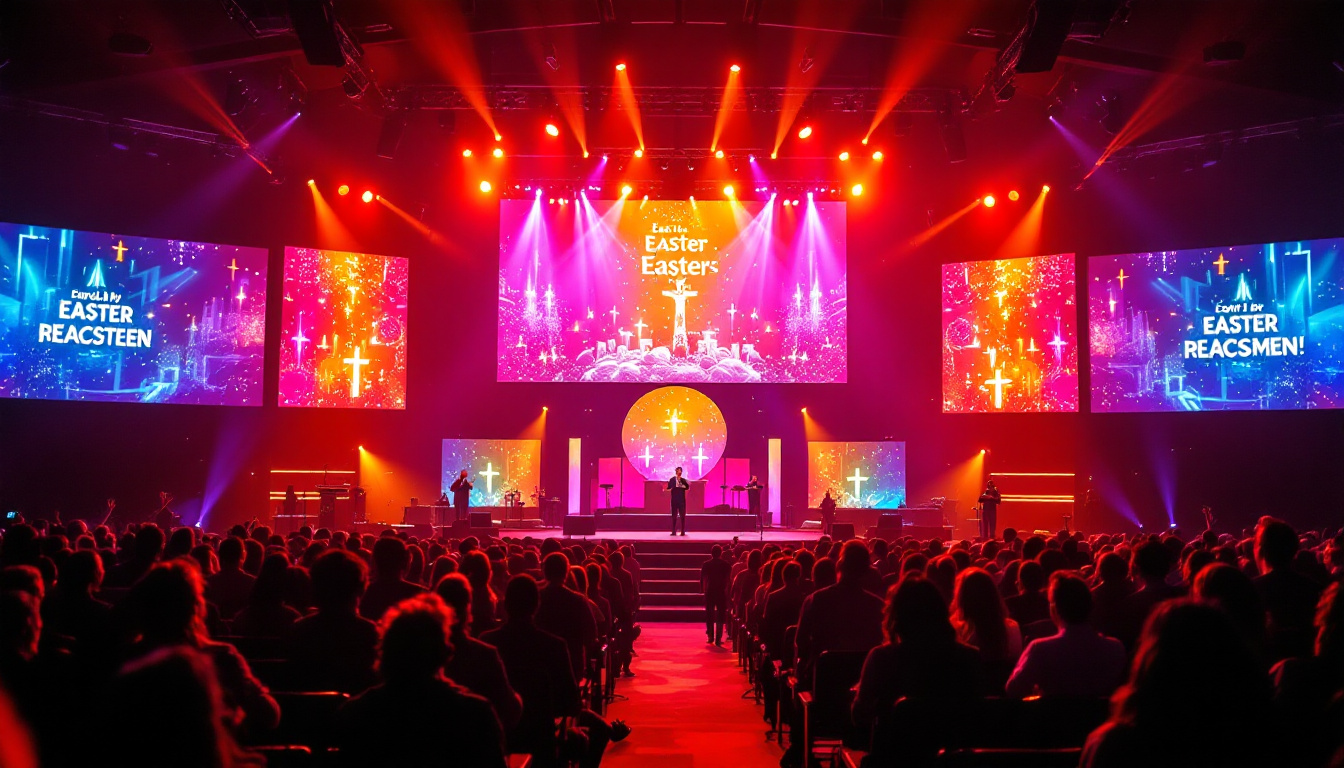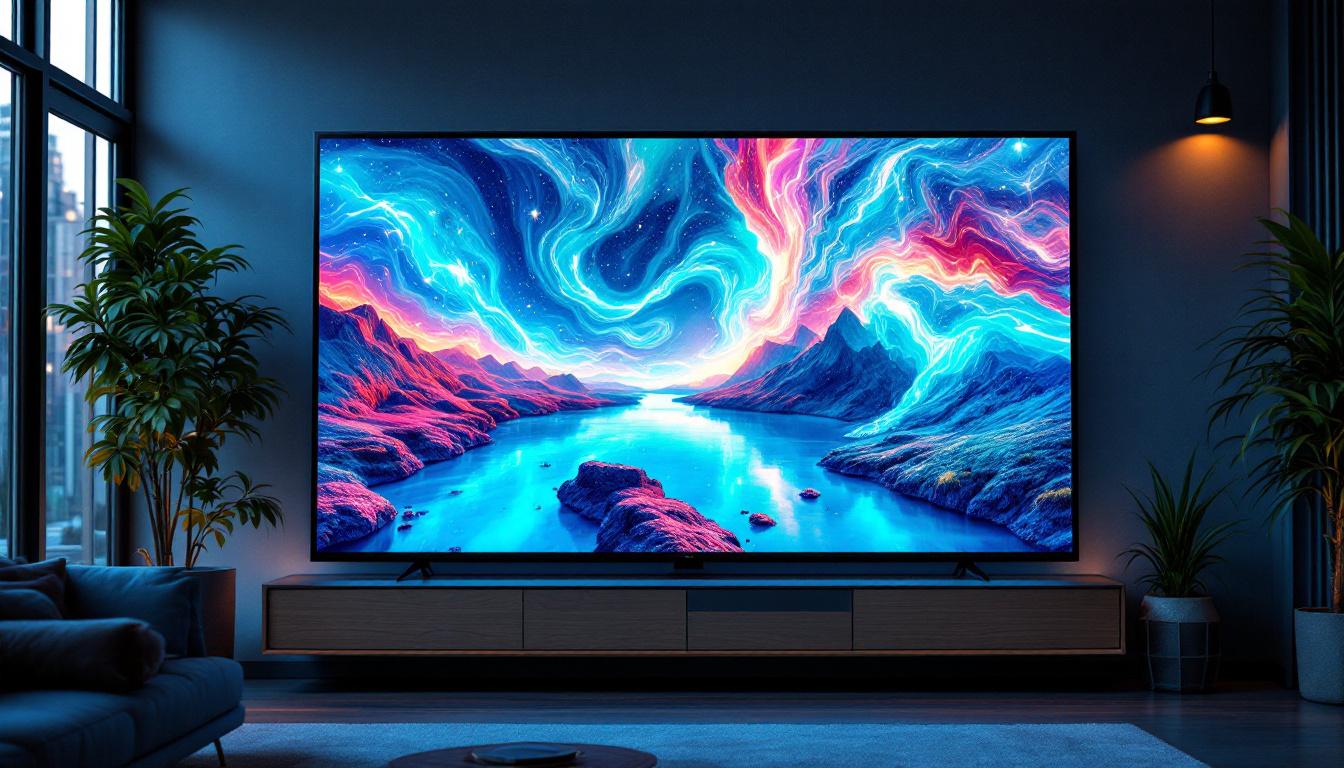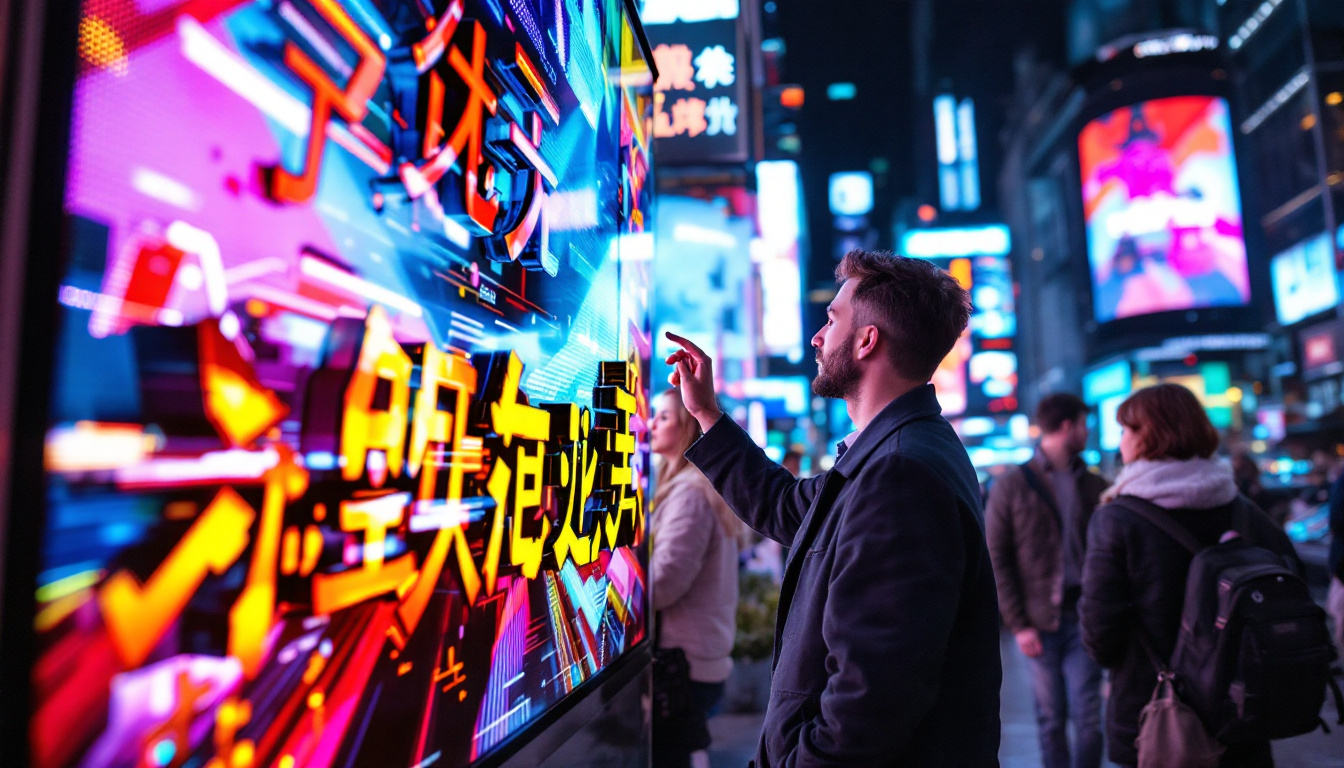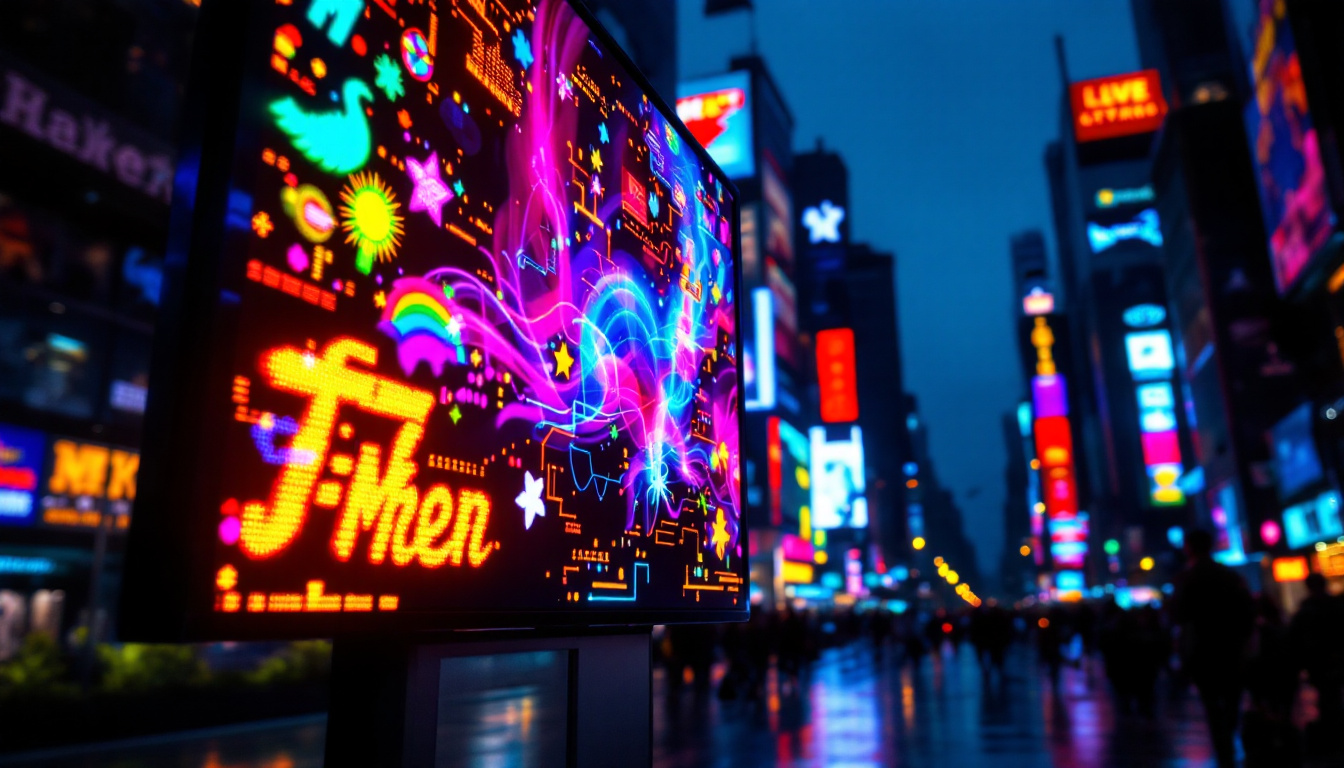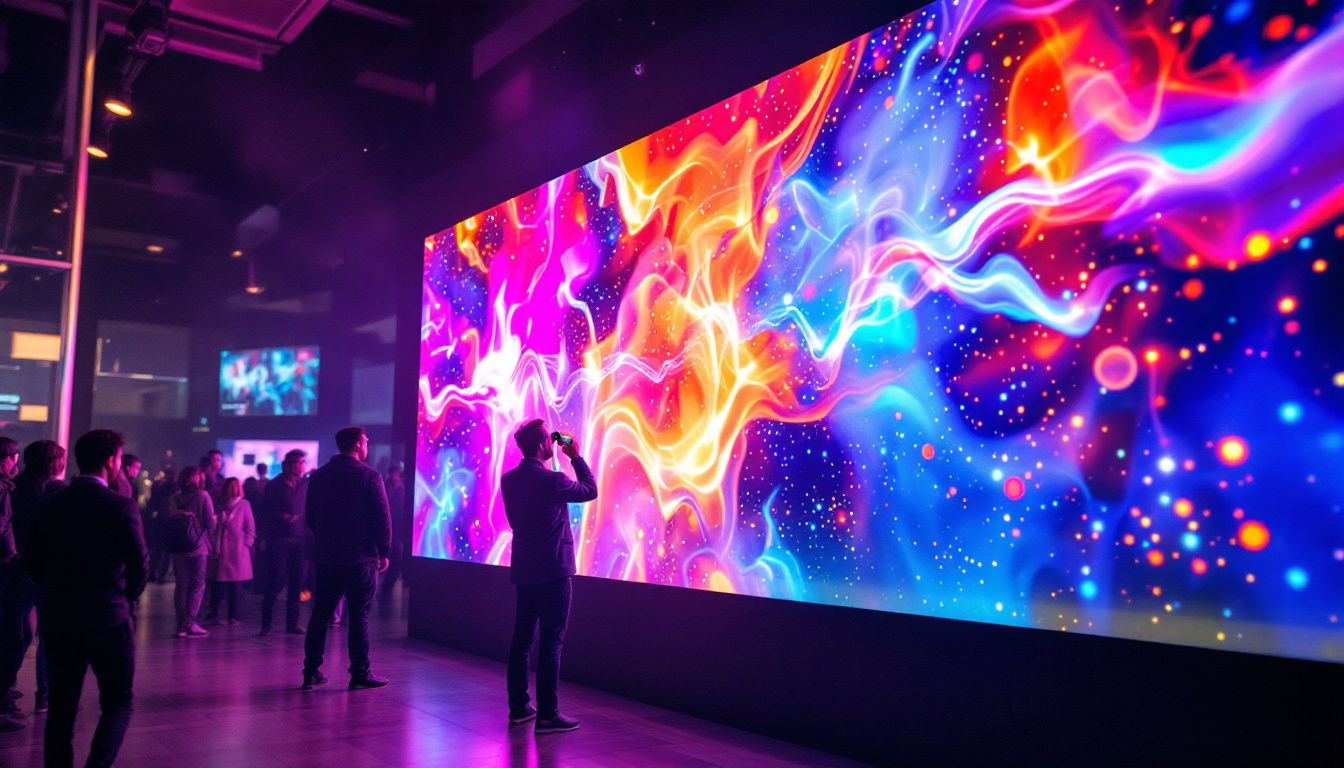Las Vegas is a city that thrives on spectacle, entertainment, and innovation. One of the most striking features of this vibrant metropolis is its use of LED displays, which illuminate the skyline and captivate visitors. These displays are not just for decoration; they serve as powerful tools for communication, advertising, and artistic expression. This article delves into the intricacies of LED displays in Las Vegas, focusing on their resolutions, technology, and the impact they have on the city’s iconic visual landscape.
Understanding LED Display Technology
LED (Light Emitting Diode) technology has revolutionized the way visuals are presented in public spaces. Unlike traditional display systems, LEDs offer brighter colors, greater energy efficiency, and the ability to create dynamic content that can be updated in real-time. This adaptability makes LED technology not only a preferred choice for advertisers but also for artists and event organizers looking to create immersive experiences.
How LED Displays Work
At the core of LED displays are tiny diodes that emit light when an electric current passes through them. These diodes are arranged in a grid, forming pixels that can be controlled individually. This allows for the creation of high-resolution images and videos that can be viewed from various distances. The technology behind LED displays has evolved significantly, with advancements such as pixel pitch reduction, which enables even finer detail and clarity in images, making them suitable for close-up viewing.
The brightness of LED displays is another significant advantage. They can be easily seen in daylight, making them ideal for outdoor environments like those found in Las Vegas. The technology also supports a wide range of colors, enhancing the visual appeal of advertisements and artistic displays. Additionally, modern LED displays are equipped with sophisticated software that allows for seamless transitions, animations, and even interactive elements, further engaging the audience and enhancing the overall experience.
Types of LED Displays
In Las Vegas, various types of LED displays are utilized, each serving different purposes. Common types include:
- Static LED Displays: These displays show fixed images or messages and are often used for branding or directional signage.
- Dynamic LED Displays: Capable of displaying moving images and videos, these are often used for advertising and entertainment, capturing the attention of passersby.
- Interactive LED Displays: These engage viewers through touch or motion sensors, providing a unique experience that encourages participation.
Moreover, LED displays can be categorized based on their installation types, such as indoor and outdoor displays. Indoor displays are typically designed with higher pixel density for close viewing, making them perfect for venues like theaters and conference rooms. Outdoor displays, on the other hand, are built to withstand environmental factors like rain and sunlight, ensuring durability and longevity. The versatility of LED technology allows for creative applications, from enormous billboard advertisements to smaller, more intimate displays in retail environments, each tailored to meet specific audience needs and enhance brand visibility.
The Importance of Resolution in LED Displays
Resolution is a critical factor in determining the quality of an LED display. It refers to the number of pixels that make up the display and directly affects the clarity and detail of the images shown. In a city like Las Vegas, where visuals are paramount, understanding resolution is essential.
What is Pixel Pitch?
Pixel pitch is the distance between the center of one pixel to the center of an adjacent pixel. It is measured in millimeters and plays a crucial role in determining the resolution of an LED display. A smaller pixel pitch indicates a higher resolution, allowing for more detailed images.
For example, a display with a pixel pitch of 2mm will have a higher resolution than one with a pixel pitch of 10mm. This means that the former can display finer details and is better suited for close viewing, while the latter may be more appropriate for larger, more distant audiences.
Understanding pixel pitch is particularly important for businesses and event organizers in Las Vegas, where competition for attention is fierce. A display with a smaller pixel pitch can captivate passersby, drawing them in with vibrant colors and sharp images. This is especially crucial in high-traffic areas like the Strip, where thousands of visitors are constantly scanning their surroundings for entertainment and information.
Common Resolutions in Las Vegas Displays
In Las Vegas, the resolution of LED displays varies widely based on their location and purpose. High-profile venues, such as casinos and concert halls, often opt for displays with very low pixel pitches, sometimes as low as 1.5mm. This allows for stunning visuals that can be appreciated up close.
On the other hand, large outdoor billboards may use a higher pixel pitch, such as 10mm or more, since they are typically viewed from a distance. The choice of resolution is a strategic decision that balances cost, visual impact, and the intended audience.
Moreover, the evolution of technology has led to advancements in LED display capabilities, allowing for even more flexibility in resolution choices. For instance, some venues are now experimenting with modular LED panels that can be configured in various ways, enabling them to adapt to different events or promotions. This adaptability not only enhances the visual experience but also maximizes the return on investment for display installations, making it a wise choice for businesses looking to stay ahead in the vibrant Las Vegas market.
Applications of LED Displays in Las Vegas
The applications of LED displays in Las Vegas are as diverse as the city itself. From advertising to art installations, these displays play a vital role in shaping the city’s identity.
Advertising and Marketing
One of the most prominent uses of LED displays in Las Vegas is for advertising. Major brands invest heavily in eye-catching displays to capture the attention of tourists and locals alike. The Las Vegas Strip is lined with massive LED screens that showcase everything from hotel promotions to concert announcements.
These displays are not only visually appealing but also highly effective. With the ability to change content in real-time, advertisers can tailor their messages to specific audiences, maximizing engagement and conversion rates. The dynamic nature of these displays allows brands to stand out in a competitive market.
Artistic Installations
Beyond commercial use, LED displays have become a medium for artistic expression in Las Vegas. Artists and designers are increasingly using LED technology to create immersive installations that challenge traditional notions of art.
These installations can be found in various locations, from art galleries to public spaces. They often incorporate interactive elements, inviting viewers to engage with the artwork in unique ways. This fusion of technology and art enhances the cultural landscape of Las Vegas, making it a hub for innovation and creativity.
Event Displays
Las Vegas is known for its events, from concerts to conventions, and LED displays play a crucial role in enhancing the experience. At large venues, LED screens are used to provide live feeds, display event information, and create an immersive atmosphere.
During major events, such as the Consumer Electronics Show (CES) or the Electric Daisy Carnival (EDC), LED displays become central to the experience. They help to create a sense of excitement and engagement, ensuring that attendees have a memorable experience.
Challenges and Considerations
While LED displays offer numerous advantages, there are also challenges and considerations that must be taken into account when implementing this technology in Las Vegas.
Cost and Maintenance
The initial investment for high-quality LED displays can be substantial. Costs vary based on factors such as size, resolution, and installation requirements. Additionally, ongoing maintenance is essential to ensure the displays function optimally over time.
Regular maintenance includes cleaning, software updates, and repairs. Failure to maintain the displays can lead to decreased performance and potential downtime, which can be costly for businesses relying on these visual tools for advertising and engagement.
Environmental Impact
As with any technology, the environmental impact of LED displays is a consideration. While LED technology is more energy-efficient than traditional lighting solutions, the production and disposal of electronic components can have ecological consequences.
Efforts are being made to mitigate these impacts through recycling programs and the use of sustainable materials in manufacturing. However, it remains crucial for businesses and municipalities to consider the lifecycle of their LED displays and strive for eco-friendly practices.
The Future of LED Displays in Las Vegas
The future of LED displays in Las Vegas looks promising, with advancements in technology paving the way for even more captivating visuals. As the city continues to evolve, so too will the ways in which LED displays are utilized.
Emerging Technologies
Innovations such as transparent LED displays and flexible screens are on the horizon, offering new possibilities for creative applications. Transparent displays can be integrated into windows or walls, allowing for seamless integration into architectural designs.
Flexible displays, on the other hand, can be shaped to fit unconventional surfaces, opening up new avenues for artistic expression and advertising. As these technologies become more accessible, they will likely find their way into the Las Vegas landscape, further enhancing the city’s visual appeal.
Enhanced Interactivity
The demand for interactive experiences is growing, and LED displays are well-positioned to meet this need. Future developments may include more sophisticated touch and motion sensors, allowing for deeper engagement with viewers.
As businesses and artists explore these interactive capabilities, the potential for creating memorable experiences will expand. This could lead to a new era of entertainment in Las Vegas, where audiences are not just passive observers but active participants in the visual narrative.
Conclusion
LED displays have become an integral part of the Las Vegas experience, transforming the city into a dazzling showcase of technology and creativity. As this technology continues to evolve, it will play an even more significant role in shaping the visual landscape of the city.
From advertising to artistic installations, the applications of LED displays are vast and varied. While challenges exist, the benefits far outweigh them, making LED technology a vital component of Las Vegas’s identity. As the city embraces the future, the possibilities for LED displays are limitless, ensuring that Las Vegas remains a beacon of innovation and entertainment.
Illuminate Your Vision with LumenMatrix
Ready to elevate your visual presence in the heart of Las Vegas or beyond? Discover how LumenMatrix’s innovative LED display solutions can transform your space into a captivating visual experience. Whether you’re seeking to enhance brand visibility, create dynamic advertising, or craft immersive artistic installations, our range of products, including Indoor and Outdoor LED Wall Displays, Vehicle LED Displays, and more, are designed to meet your unique needs. Embrace the future of visual communication with LumenMatrix and make a lasting impression. Check out LumenMatrix LED Display Solutions today and light up your world with unparalleled clarity and impact.

